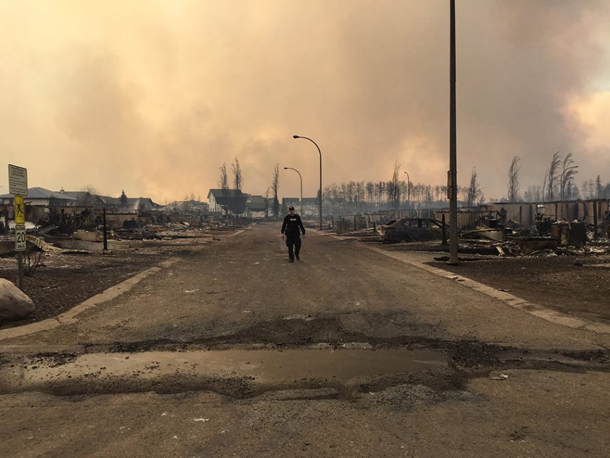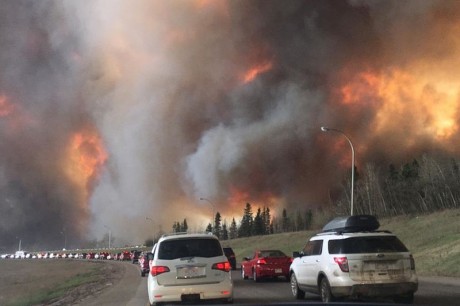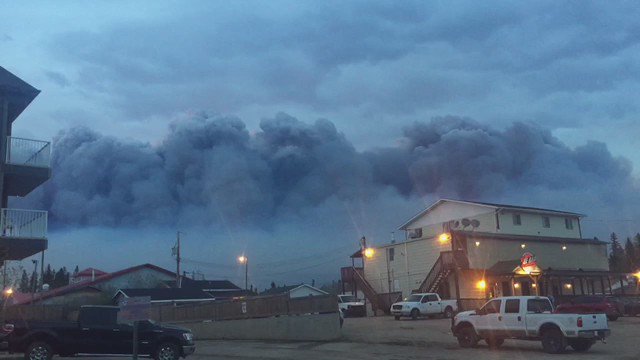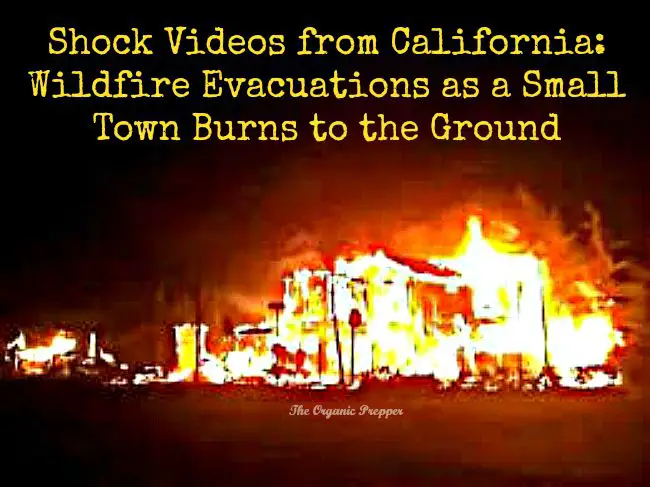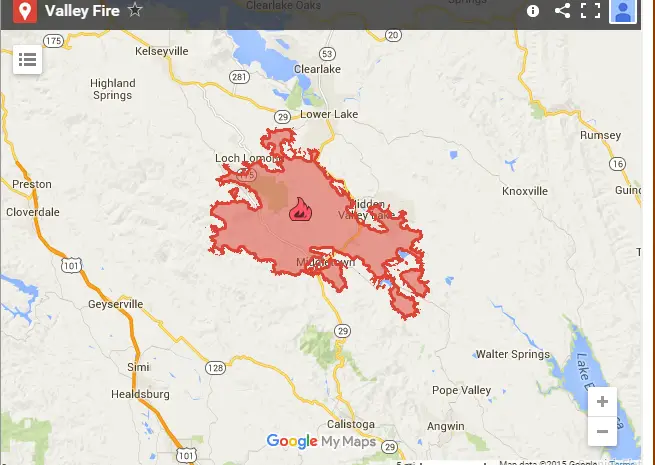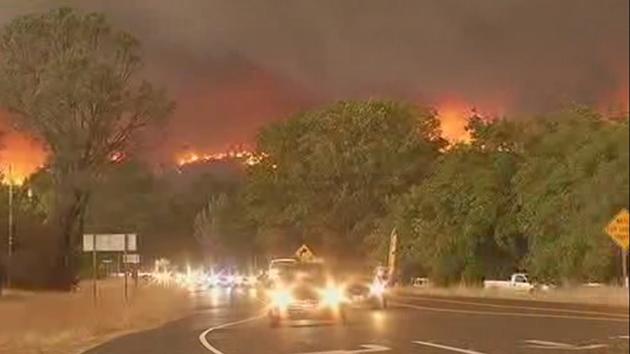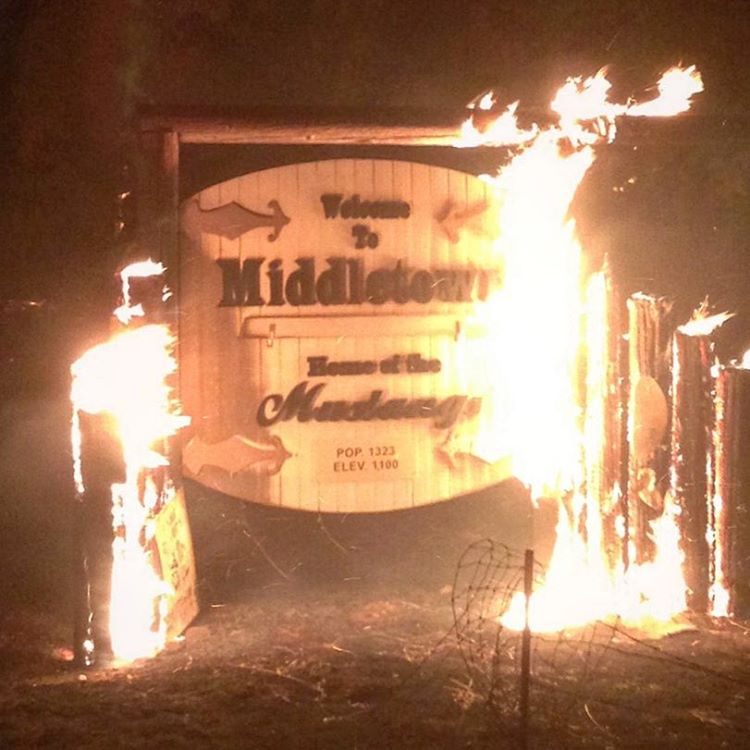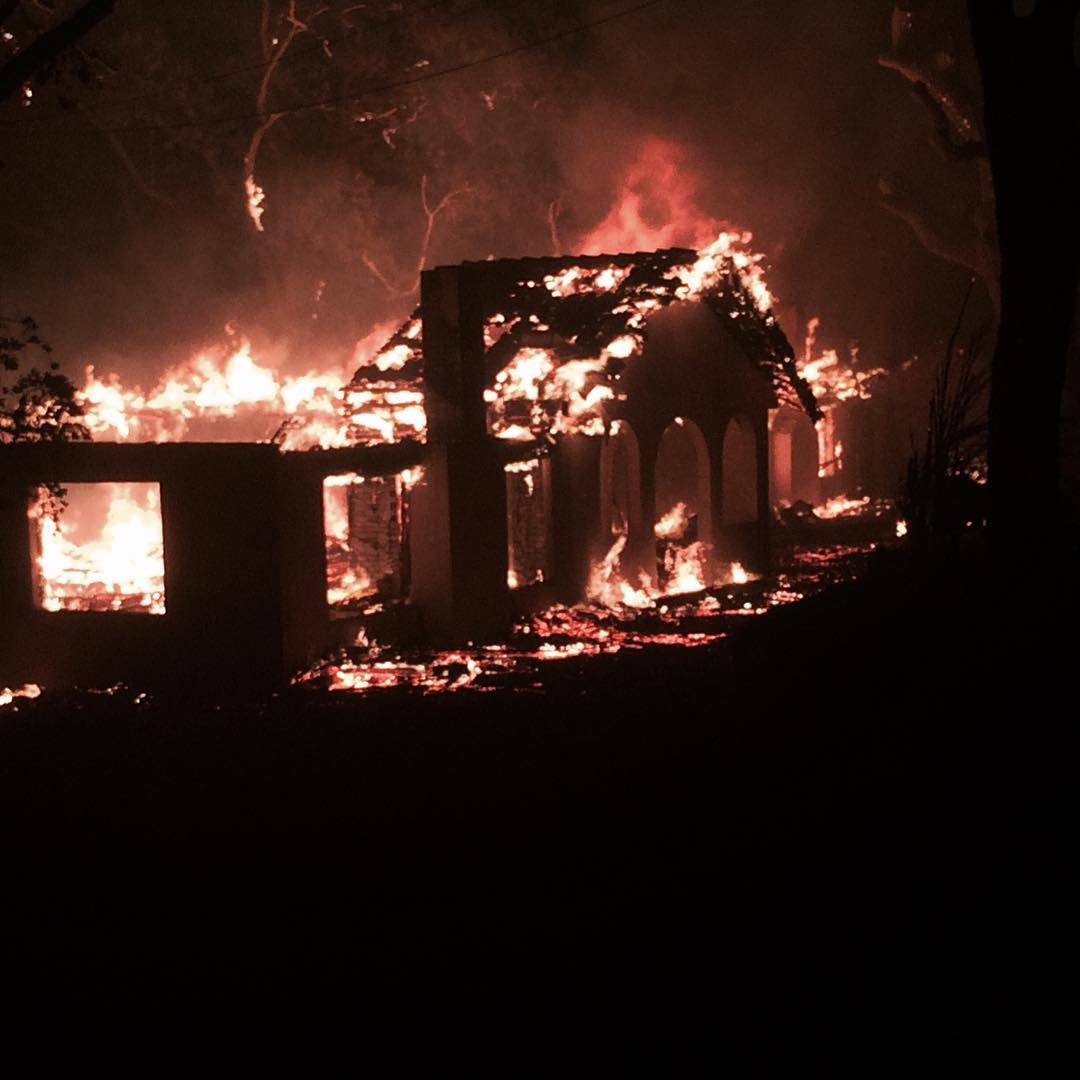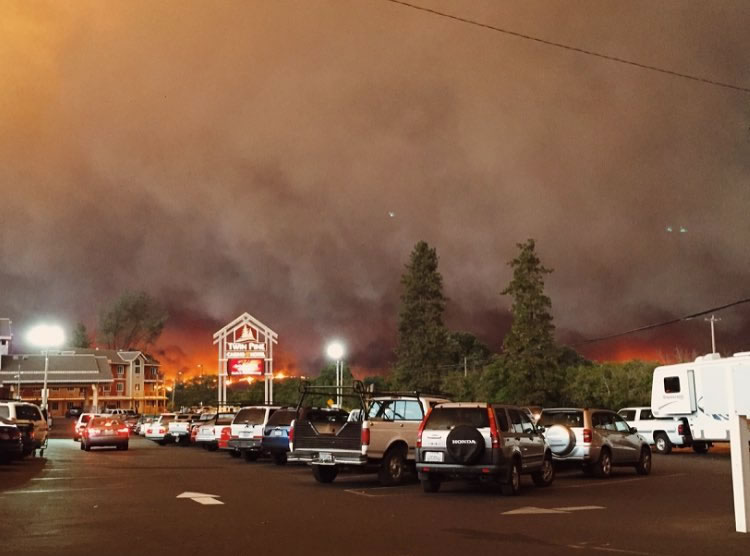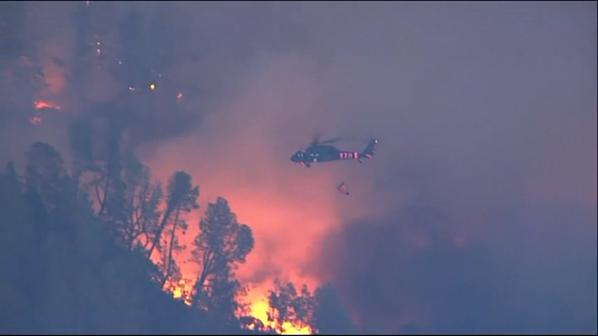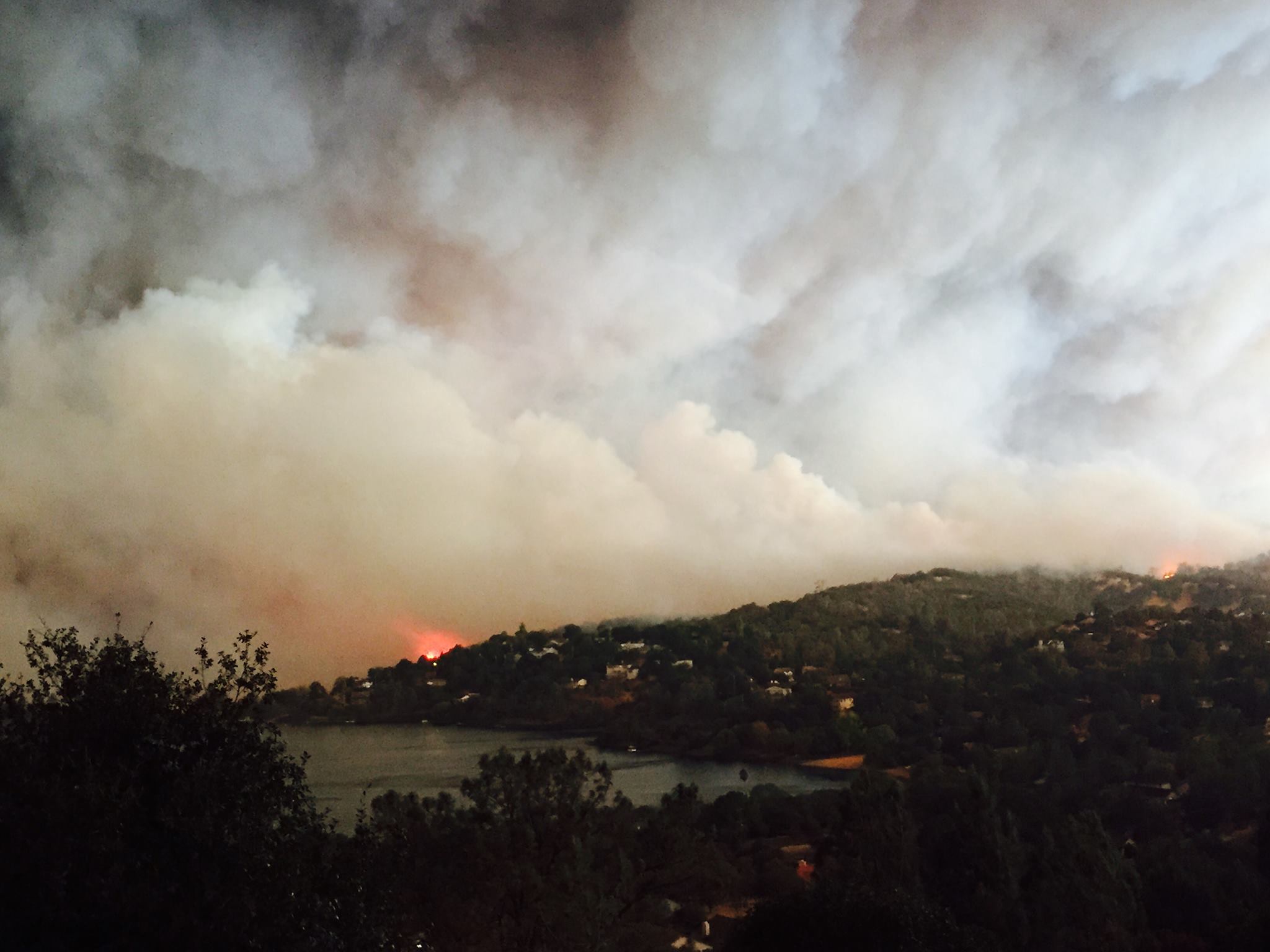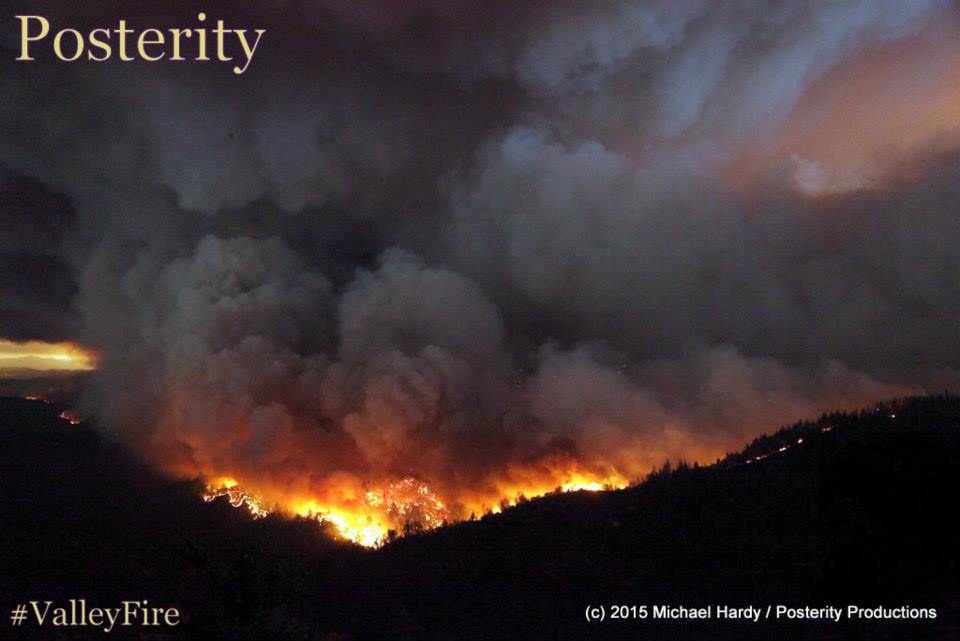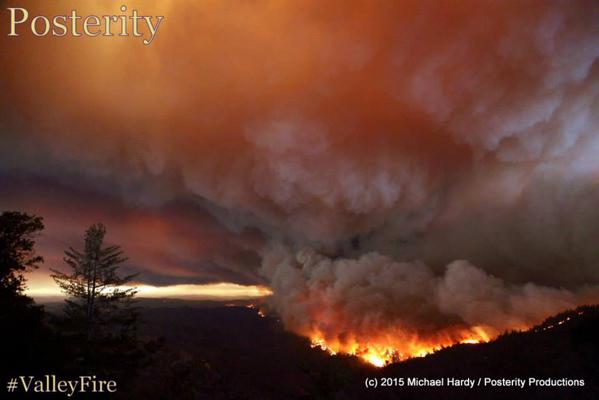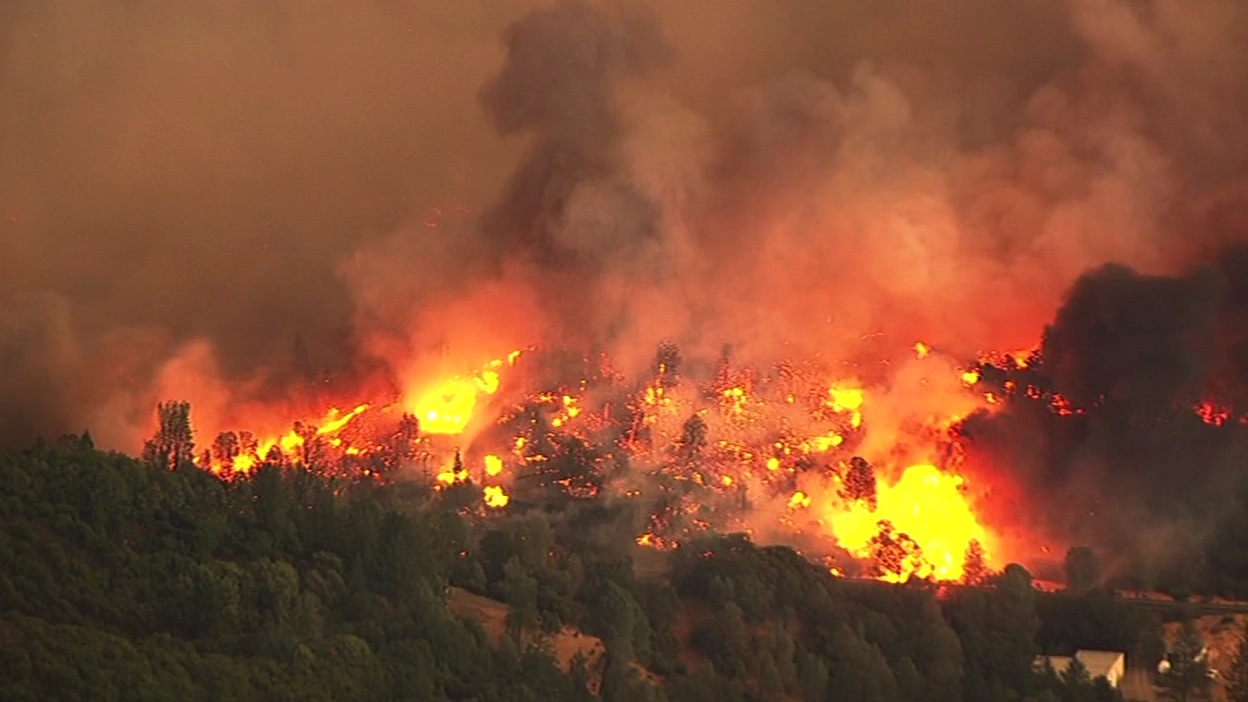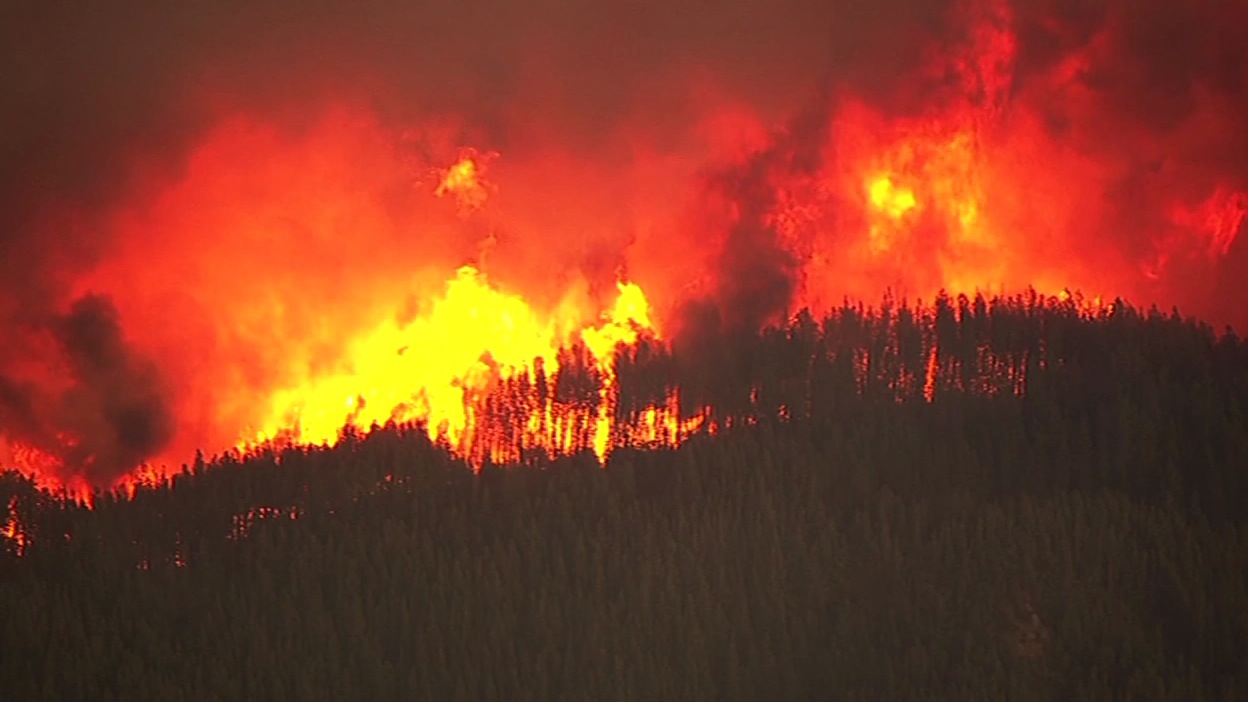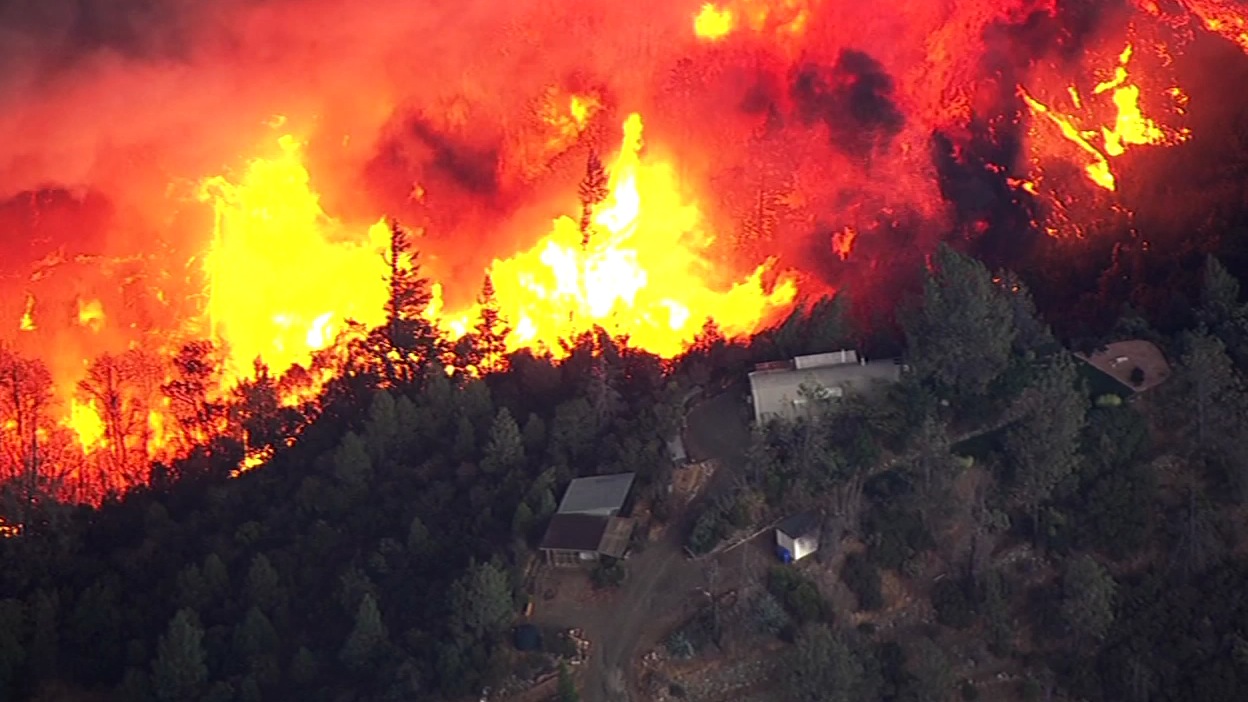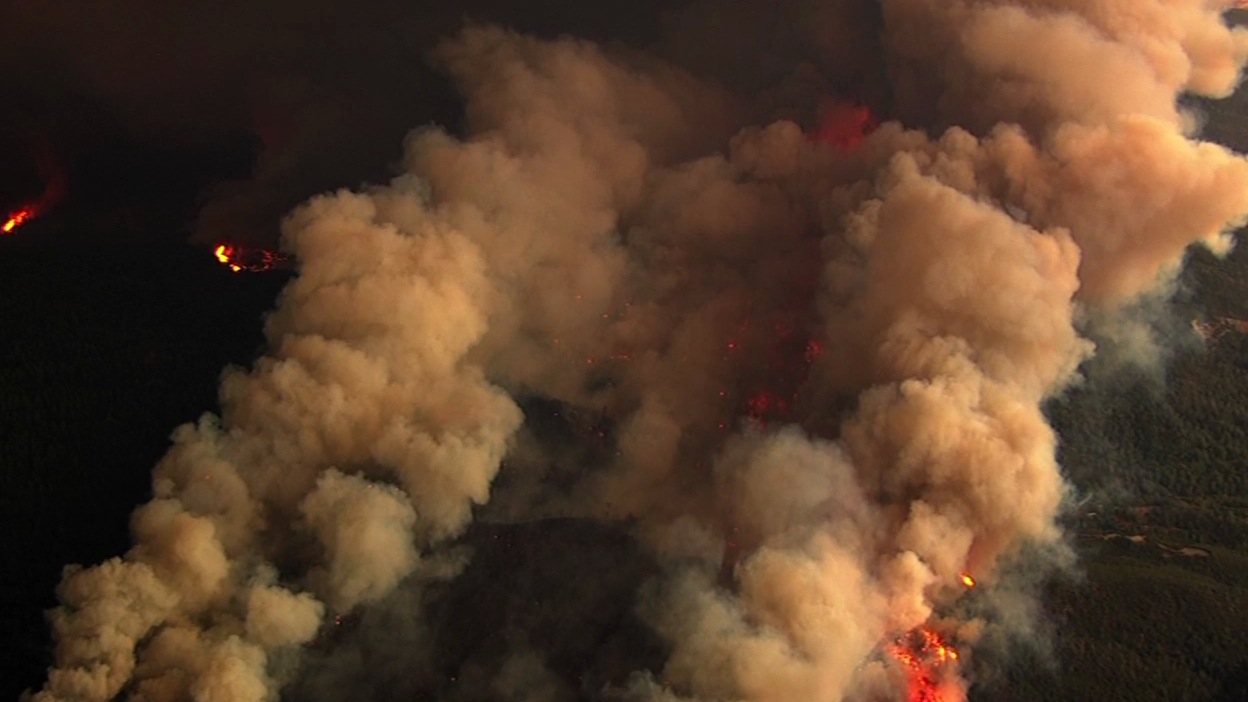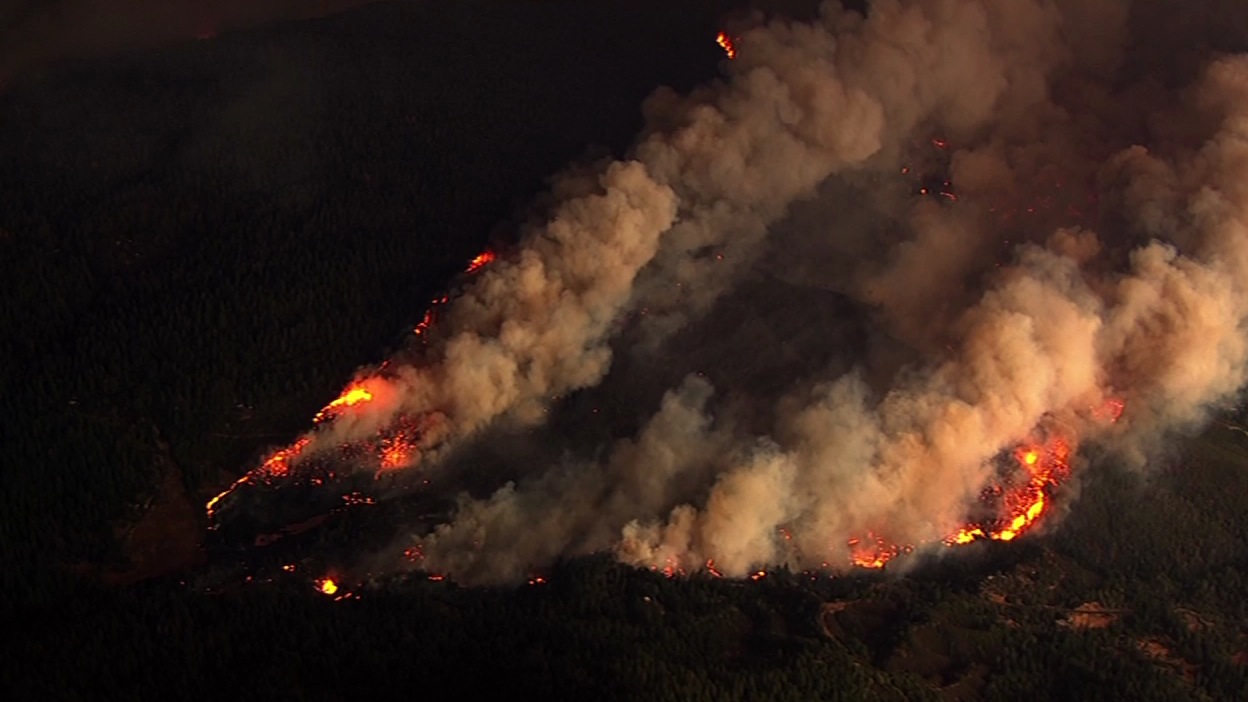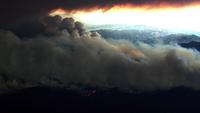 A few careless campers who forgot to extinguish their campfire, or maybe a few kids playing with matches, or a cigarette, or an arsonist, a piece of glass, whatever, have in the last few days done more to bring the global oil market back into balance than OPEC and the rest of the world’s producers put together:
A few careless campers who forgot to extinguish their campfire, or maybe a few kids playing with matches, or a cigarette, or an arsonist, a piece of glass, whatever, have in the last few days done more to bring the global oil market back into balance than OPEC and the rest of the world’s producers put together:
The raging wildfire burning through vast areas in and around Fort McMurray has forced more nearby oilsands companies to shut down their operations and forced staff and output reductions at more far-flung facilities in northern Alberta.
Analyst estimates on Thursday put the total amount of oil shut in from the fires at one million bpd, or roughly 40 per cent of total oilsands production. But the amount of production affected is now expected to exceed those numbers as the fire grew significantly into Friday and as additional companies have reduced production. “When we’re talking about a potential shutdown of up to a million barrels per day, that’s very serious business for the global oil market if it persists,” BMO Capital Markets chief economist Douglas Porter said Friday.
We continue with the usual story mix, including how AGW contributed to the wildfires, industry responses to David Mackay’s comments, Exxon’s novel CCS technology, EU CO2 emissions rise, Indonesia likes thorium, UK short 87,600 nuclear technicians, Belgium hands out iodine pills, EU’s percent renewable numbers not reliable, problems with perovskite PV panels, Saudi Arabia fires Oil Minister al-Naimi, moving day for Halley Base and the world’s first certified climate refugees – from Louisiana.
El Niño and ongoing climate change have both contributed to the devastating Alberta wildfires according to experts. The weather phenomenon has caused much drier conditions than normal, leading to a massive increase in the number of fires in the province.
…click on the above link to read the rest of the article…


